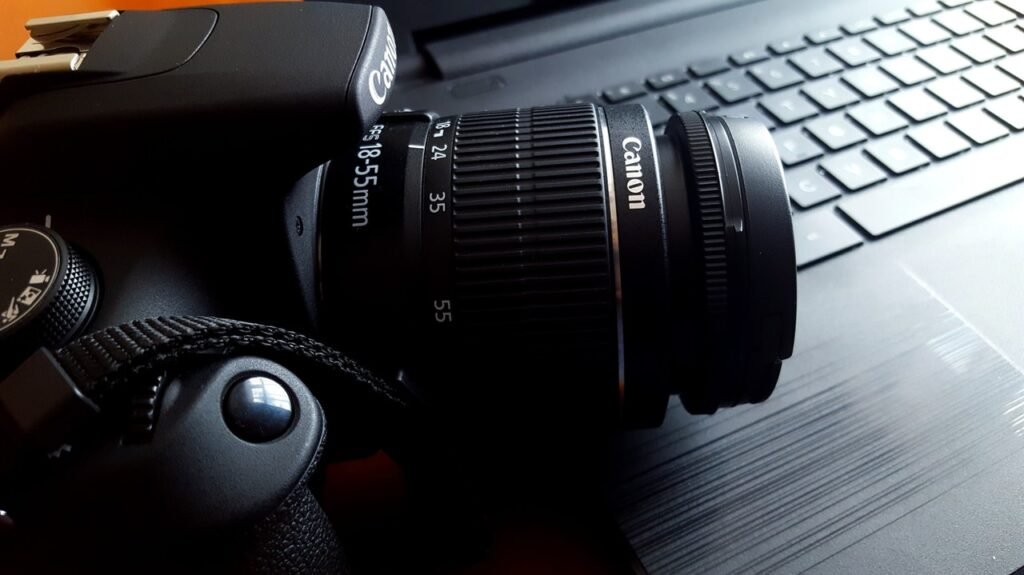There is one simple fact in business: nearly every business always wants to make more money and that is their primary focus. They only use the services of a photographer to deliver a better message about their products so that they can sell more of that product or service to their customers. That’s it.
It also allows you to introduce yourself, leave a brochure and talk with people that often wouldn’t give you the time of day. But you need to do it confidently, if you’re not capable of introducing yourself politely and making a confident friendly conversation then you’re not likely to do very well at being self-employed.
Build a database, learn about your clients, their names, numbers, email etc and log it all down. Every job, every budget, every birthday — anything and everything you can and use it! In five years when you’re trying to remember the name of the art director or client you worked with on a great shoot you did, you will be kicking yourself for not keeping a database.
I’ve published books and partnered with landscape photographers during periods where I wasn’t as busy as usual and sold thousands and thousands of copies.
Many years ago I also recognised the need for a local photo library, providing stock images for tourism, hospitably and local business so I partnered with dozens of the best amateur photographers and created a searchable photo library CD and a website. This was successful for many years, until the bigger stock agencies came along or others arrived and replicated what I was doing, but I still made money.
I also created an online gallery selling mounted prints, which was successful for a few years but then, unfortunately, died a death so I closed it down. What went wrong? Other suppliers came along and overwhelmed the amount of demand. Too much supply and not enough demand.
In 2006-2007 I recognised the rapidly growing interest in digital photography and I started running evening classes and workshops which did very well. Then in 2008 came the economic crash and some of my commercial work dried up so I put all my spare time and efforts into developing the training side of my business.
Now I have one of the top photography education platforms on the planet, but I still operate and shoot commercial photography for many of the clients that I’ve shot for over the years.
Six years ago our business was starting to struggle due to the decline in DVD sales and the limited studio space that we were operating from at the time. We wanted to expand into live shows and new courses but simply didn’t have the facilities or space to do it. My business partners and I took the calculated risk to invest literally everything we had into new premises, technology, a membership platform and to relaunch our business from Karl Taylor Masterclass to Karl Taylor Education.
If you don’t find yourself to be an extremely motivated and passionate person then you’re probably not cut out for being self-employed. You have to want to get out and try things, but also be prepared to fail. Failure is the best learning tool for success, but if you’re not willing to try because of a fear of failure then it’s unlikely you’ll succeed. Going into business is about calculating risks, not ignoring them.
Now, of course, platforms like ours are here to help you acquire the right skills for your photography business, whether that’s improving your post-production knowledge, lighting and conceptual skills or offering business advice. But we can’t do it all for you, you have to be realistic about your prospects, do your research and consider carefully the cornerstones of business supply and demand.
This content was originally published here.
